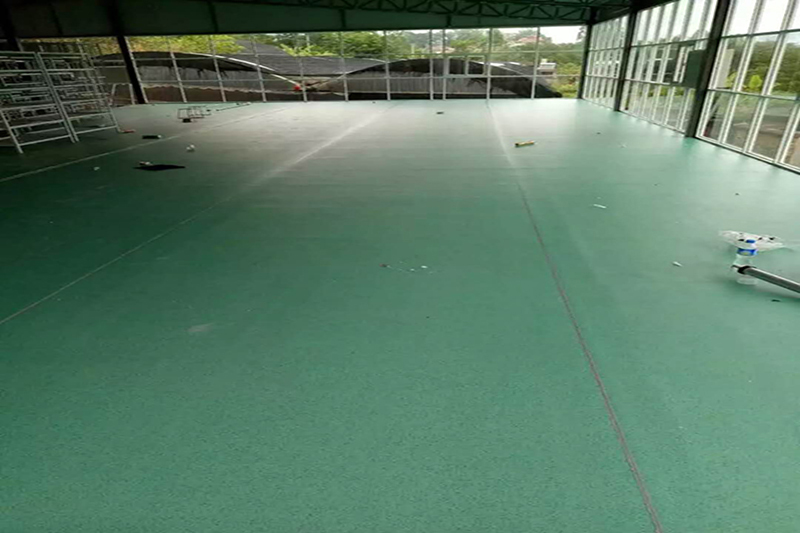Every step of the construction of PVC flooring is very […]
Every step of the construction of PVC flooring is very particular. Some people still don't understand the construction methods and details of PVC flooring. Then soon after the completion of the construction, the site is prone to arching and blistering, which not only affects the use but also affects the beauty and life span.
1. The water content of the mortar leveling layer is too high
The foundation ground is required to be dry and the moisture content should be less than or equal to 3%. Otherwise, after the floor is closed, the water vapor rises to dissolve the glue and lose its adhesion. The pressure of the water vapor will lift the floor and cause the floor to bulge.
2. Self-leveling is not completely dry
Under normal circumstances, the self-leveling will dry in 24 to 48 hours, and the floor can be pavement. If the construction site has high humidity and is an unventilated closed space, the drying time must be relatively extended or dehumidification Treatment, let the self-leveling completely dry, and the water content is less than or equal to 3% before construction; if the self-leveling is not completely dry and then laying the floor, the floor will inevitably produce bulging.
3. Severe self-leveling powder
There are many reasons for self-leveling and dusting, such as the foundation ground, the quality of the self-leveling itself, the excessive amount of water during construction, the low-temperature construction, and the wet weather in the enclosed space in rainy days. After the self-leveling powder appears, if it is not paid attention to, the glue will only stick to the back of the floor, and the self-leveling will not bond firmly, which will cause the floor to bulge.
4. Wrong selection of auxiliary materials
Auxiliary materials are very important in floor construction. Rubber floor, linoleum floor, PVC floor, coil and block materials in the same type of floor, multi-layer and same-permeable floor, the auxiliary materials used are different; different use places and environments The requirements for floor accessories are different from climate.
5. Temperature issues
The pavement floor must ensure a reasonable ambient temperature. Generally, the temperature is required to be maintained at 15°C—32°C; construction must be carried out carefully if the temperature is below 15°C; construction is prohibited below 8°C (except for special auxiliary materials). Low temperature will reduce the strength of self-leveling and the adhesive force of glue, which will cause floor bulge; if construction is performed at high temperature, self-leveling fluidity will decrease, glue will accelerate curing, drying time and construction time will be greatly shortened, and it may be over After the construction time, there is no glue at all behind the floor.
No matter how good the floor is, it is inseparable from a good base, a beautiful construction environment, high-quality auxiliary materials and a good construction team. The poor grassroots level can be compensated with auxiliary materials, and the construction environment is not good. The construction master can overcome it. If the auxiliary materials are not used well or there are problems in the construction, the quality of the project is difficult to guarantee.
